20 Cooking Terms You Often See in Recipes
It sometimes seems that some recipes are written in a foreign language. Blanched tomatoes, au gratin, al dente — these terms are unknown, so it is really hard to actually follow the recipe.
We at 5-Minute Crafts have prepared a list of 20 cooking terms you need to know if you want to be able to read any recipe.
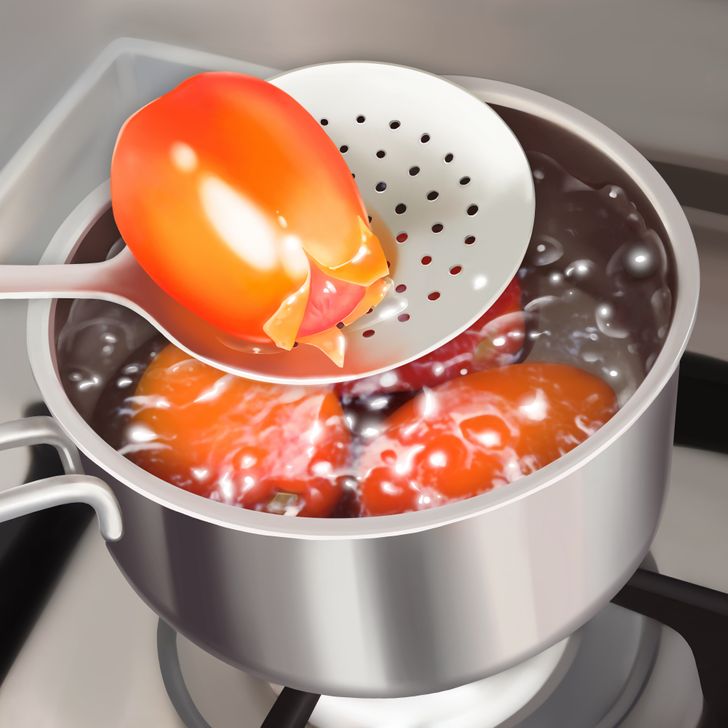
- Bouquet garni is a bundle of fresh herbs (usually thyme, parsley, and bay leaf) used to add flavor to soups, stews, stocks, and poaching liquids. It is often tied inside 2 pieces of leek leaves or in a piece of cheesecloth.
- Whipping is the process of beating food with a whisk to incorporate air and to increase volume. Usually, a mixer is used for this.
- Double boiler is a construction of 2 pots or pans when one of them is inside the other. The lower dish contains boiling water and the upper dish is filled with food that needs to be cooked carefully. Usually, cheesecakes and desserts with custard are made. Also, chocolate is easy to melt in this construction.
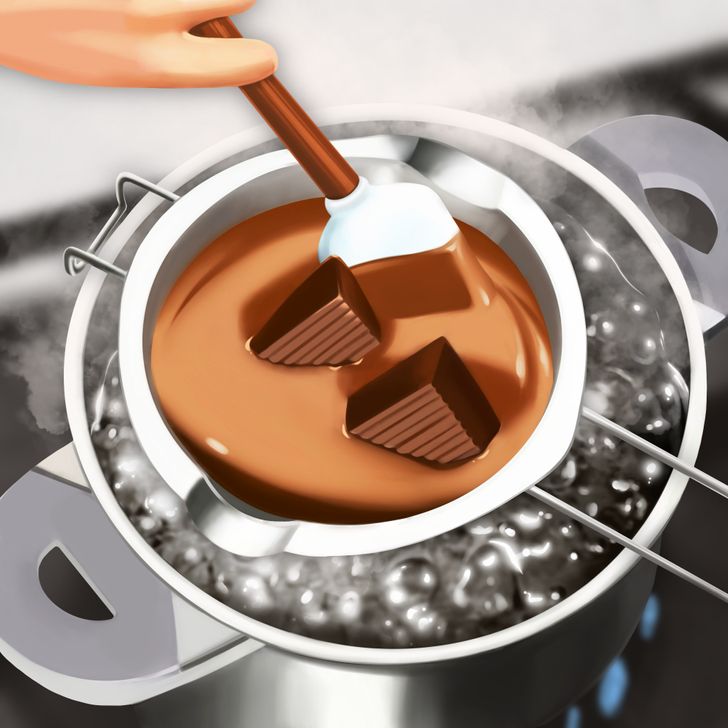
- Gratin — put one or several ingredients on a meal to make a crust. This might be cheese, breadcrumbs, or a sauce that gets distributed over the dish evenly.
- Deglazing is adding liquid to a hot pan in which foods have been fried or roasted to dissolve the caramelized juices (fond) stuck to the bottom of the pan. This is best accomplished with an acidic liquid such as wine or lemon juice (but even water will work), followed by scraping the pan with a surface-safe utensil. This step captures the flavor developed in a pan and can be finished in various ways to create a sauce. Deglazing is one of the defining steps of a proper sauté technique.
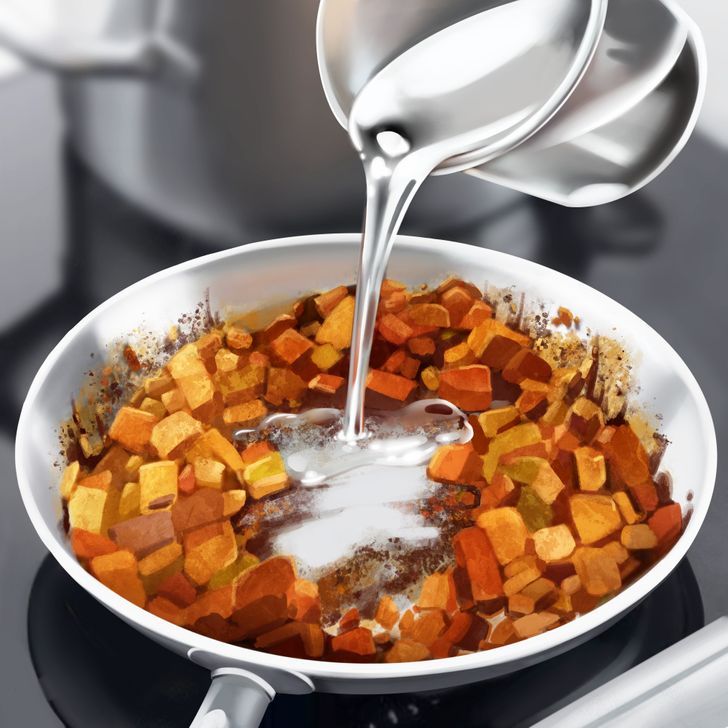
- Caramelization is the process of preparing sugar or vegetables. Sugar is heated in a pot until it melts and becomes brownish. Vegetables (for example, onions) are also stewed in a bit of fat until they become gold.
- Marinate is to flavor meat, poultry, seafood, and vegetables in a mixture of seasonings made from salt, pepper, herbs, and spices. Meals are marinated before cooking to make the taste and flavor richer and make the texture more tender.
- Baking powder is a combination of baking soda, acid, starch, and flour. It’s used to increase the dough volume and make the pastry airier.
- Sauté is cooking food in a small amount of oil. The food is constantly stirred to make it caramelized on the outside and keep it crunchy on the inside. It’s usually done with vegetables.
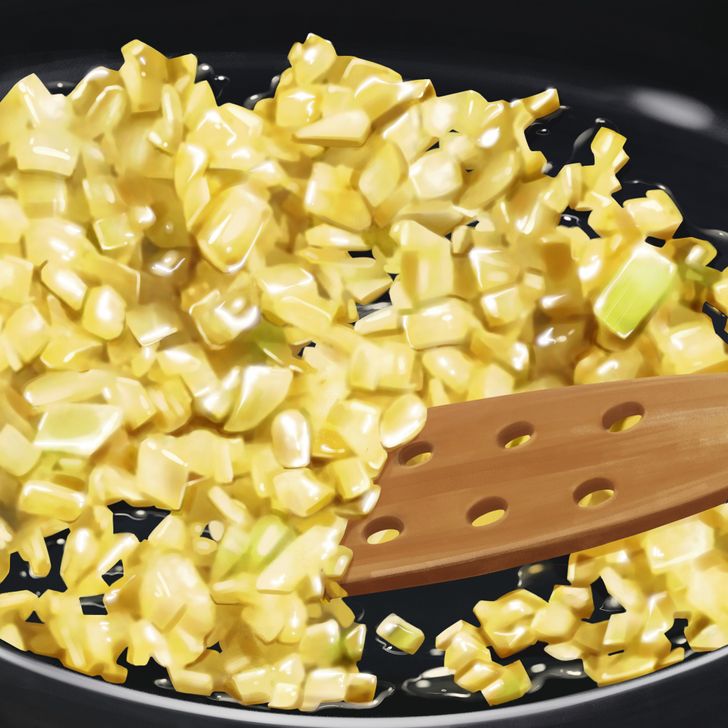
- Poaching is cooking gently over very low heat in barely simmering liquid just covered. It’s often used for vegetables, chicken, and seafood. And of course, for famous poached eggs.
- Sieving is separating liquids from solids, usually using a stainless-steel strainer-sifter. Sieve is also the term for the utensil used for separating liquids from solids.
- Sifting is putting one or more dry ingredients, especially flour or powdered sugar, through a sifter or sieve to remove lumps and incorporate air.
- Simmering is cooking food in a liquid that is kept just below the boiling point. A liquid is simmering when a few bubbles form slowly and burst just before reaching the surface.
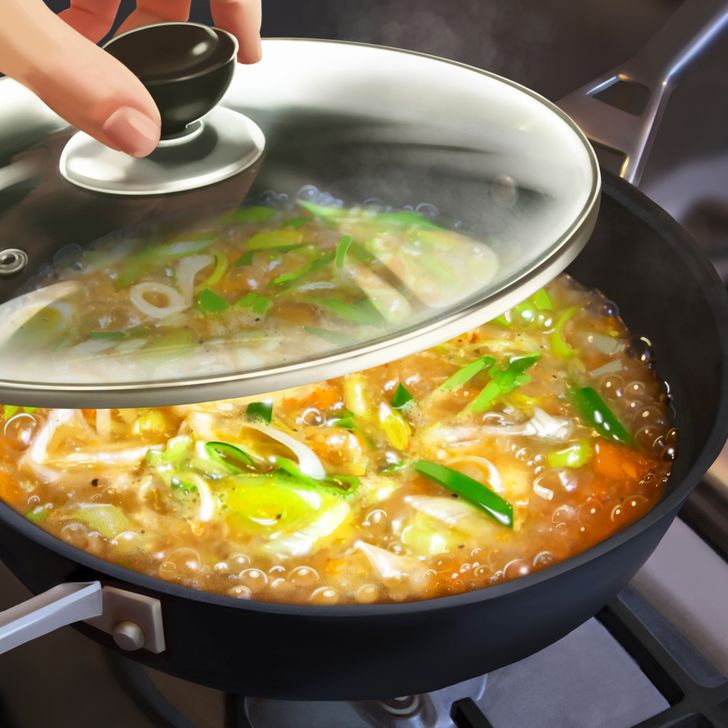
- Braising is using a combination of dry and moist heat, dry being when the meat is seared at a high heat and moist when it’s gently cooked in a liquid. This cooking method is ideal with sinewy, tougher cuts of meat.
- Stuffing is adding filling inside another kind of food. The filling can be different and might have vegetables, spices, herbs, nuts, and other ingredients. For example, chicken or bell peppers are often stuffed.
- Shredding is cutting food with a knife, grater, or a food processor. Usually, lettuce and cabbage are shredded.
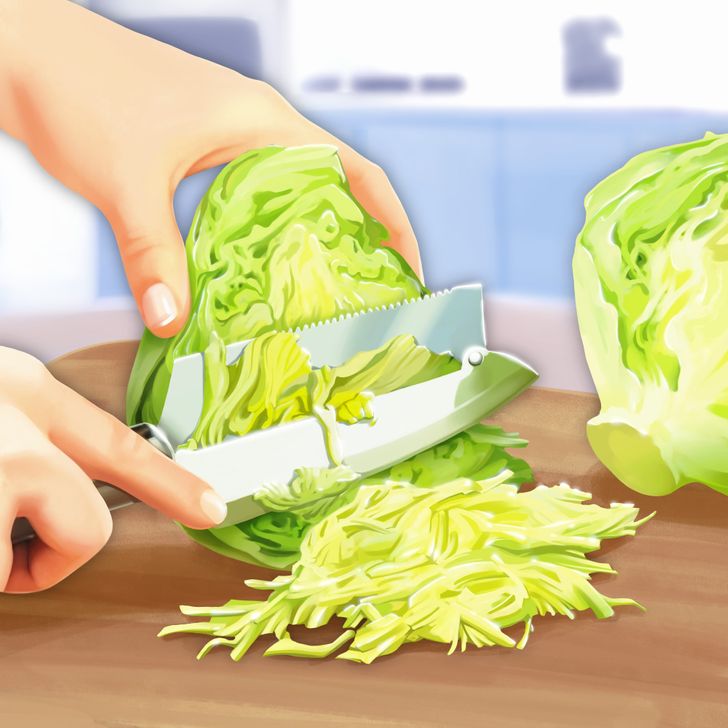
- Emulsify is to unite 2 liquid or semi-liquid ingredients that don’t naturally dissolve in one another. For example, butter and vinegar. One way to do this is to gradually add one ingredient to the other while whisking rapidly with a fork or wire whisk.
Check out this cooking challenge full of kitchen hacks, tips, and useful gadgets
Share This Article